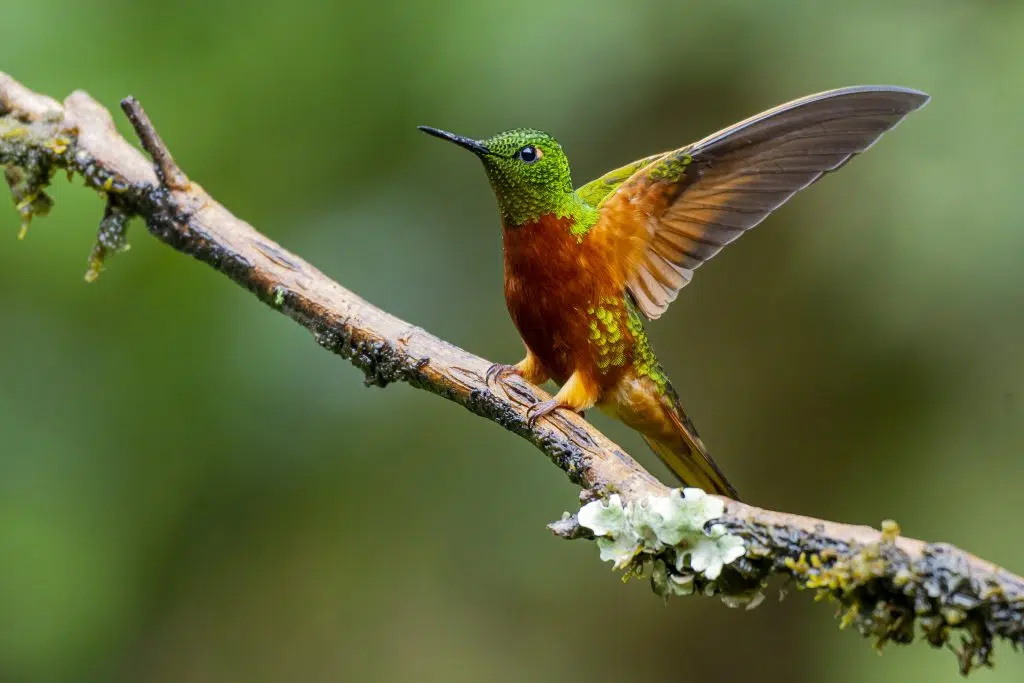In order to conserve hummingbirds, citizen science—a cooperative method that involves the public in scientific research—has become essential. Hummingbirds are a major factor in pollination and enchant people with their vivid colors and swift wing motions. But threats like habitat loss and climate change make it harder for them to survive. By including citizen scientists in conservation and monitoring projects, significant data is gathered, public awareness is increased, and community involvement in the preservation of these vulnerable birds is encouraged.
Comprehending Citizen Science
The term “citizen science” describes the involvement of unpaid volunteers in scientific studies. With limited resources, it would be impossible for scientists to gather such a significant volume of data over such a large geographic area for hummingbird conservation. Volunteers can help by keeping track of, reporting, and observing hummingbird behaviors, migration patterns, and sightings.
The Value of Protecting Hummingbirds
Hummingbirds are vital plant species’ pollinators. Entire ecosystems are supported by these plants, whose survival is ensured by their conservation. Hummingbird protection also contributes to the preservation of natural habitats and biodiversity.
Gathering and Tracking Data
An essential part of data collecting and monitoring is played by citizen scientists. Volunteers can report their observations of hummingbird species, feeding patterns, and nesting activities via applications and online platforms. Researchers can monitor breeding habits, migration routes, and population changes with the use of this data.
Recognizing Risks and Difficulties
Threats to hummingbirds, including habitat loss, pesticide usage, and climate change, can be recognized and tracked with citizen science. Participation of the public in data collection facilitates the formulation of successful conservation plans by offering a thorough grasp of these difficulties.
Participation in the Community and Education
Citizen science promotes education and community involvement. By learning about hummingbirds and their habitats, participants become knowledgeable conservationists. Workshops and educational initiatives also increase public awareness and participation, forming a network of knowledgeable and committed conservationists.
Initiatives for Conservation and Success Stories
Projects involving citizen science have given rise to numerous effective conservation efforts. Local hummingbird populations have benefited from community-driven initiatives to rehabilitate habitats, plant pollinator gardens, and use fewer pesticides. By telling others about these achievements, we encourage people to get involved in conservation initiatives.
Innovations in Technology for Citizen Science
The efficiency of citizen science has significantly increased because to technological developments. Digital cameras, online databases, and mobile apps facilitate the process of volunteers documenting and disseminating their observations. Additionally, by using these technologies, researchers may evaluate data more effectively, producing discoveries that are both faster and more accurate.
The Conservation of Hummingbirds’ Future
The public’s continuous participation in citizen science is essential to the future of hummingbird conservation. Together, we may achieve major conservation accomplishments as more people become aware of the value of these birds and the difficulties they face. Citizen science makes sure that future generations will continue to be amazed by and benefit from the existence of hummingbirds by promoting an attitude of environmental stewardship.
Summary
Citizen science is an effective technique for hummingbird conservation because it raises awareness, provides useful data, and involves communities in the preservation of these important pollinators. People can meaningfully contribute to the preservation of hummingbirds and the ecosystems they sustain by getting involved in citizen science projects. The likelihood of effective conservation efforts will only rise as technology develops and public interest rises, guaranteeing a better future for hummingbirds and the natural world.
